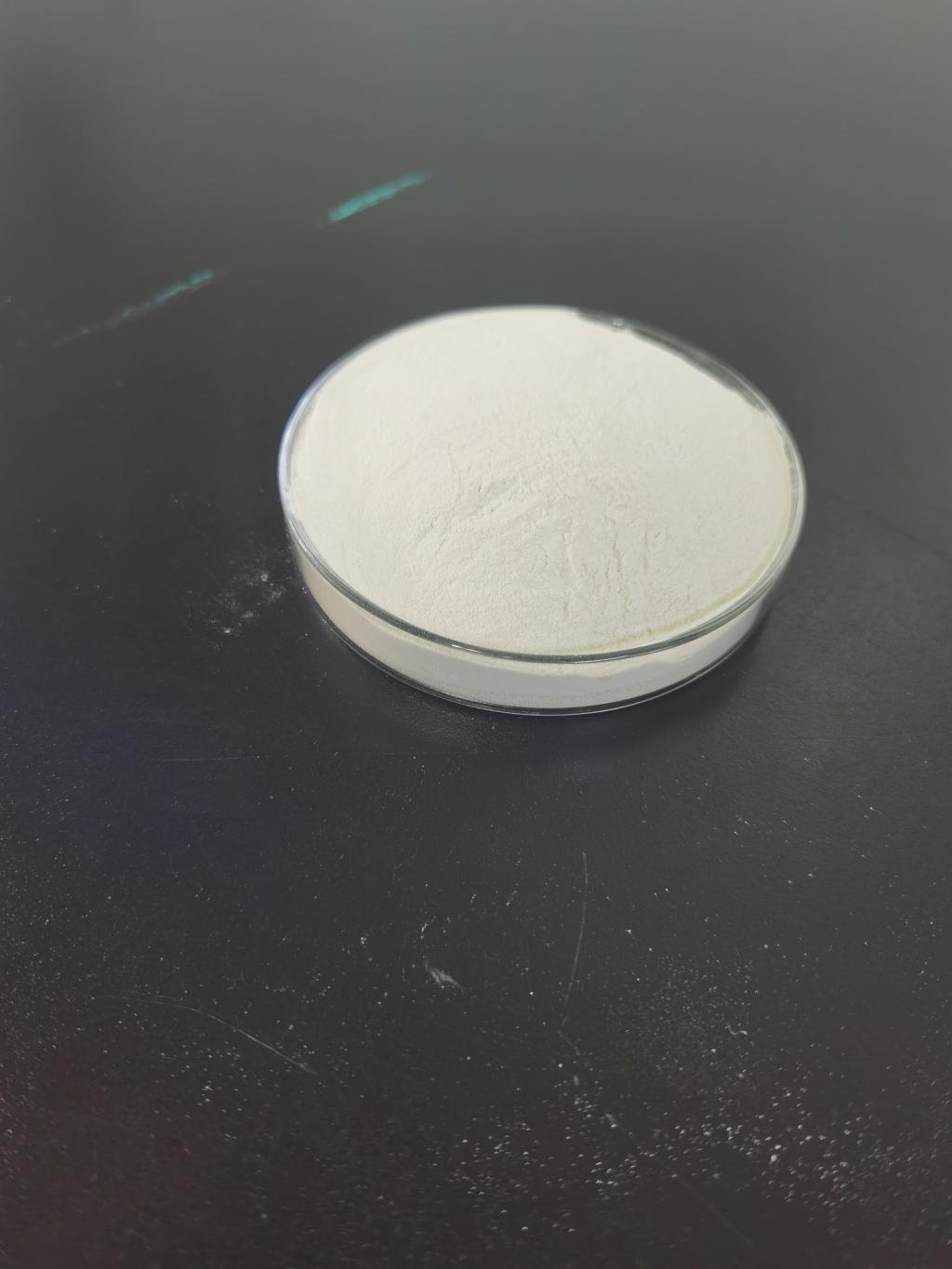Tel:+8618231198596

News
 CONTACT
CONTACT
 CONTACT
CONTACT
- Linkman:Linda Yao
- Tel: +8618231198596
- Email:linda.yao@dcpharma.cn
- Linkman:CHARLES.WANG
- Department:Overseas
- Tel: 0086 0311-85537378 0086 0311-85539701
News
Strategies for enhancing the solubility and dispersibility of Nisin in food matrices.
TIME:2024-04-26
1. Formulation Techniques
a. pH Adjustment: Nisin is more soluble in acidic environments, so adjusting the pH of food products to acidic conditions can enhance its solubility. For example, incorporating acidic ingredients such as citric acid or vinegar can improve the dispersibility of nisin in beverages and sauces.
b. Solvent Selection: Choosing appropriate solvents for nisin solubilization can significantly impact its dispersibility in food matrices. Polar solvents such as ethanol or propylene glycol are commonly used to dissolve nisin and facilitate its uniform distribution in liquid-based food products.
c. Complex Formation: Forming complexes with other food-grade ingredients, such as sugars or proteins, can improve the solubility and stability of nisin in aqueous solutions. Complexation can also protect nisin from degradation and enhance its antimicrobial activity in food systems.
2. Encapsulation Methods
a. Lipid Encapsulation: Encapsulating nisin within liposomes or lipid nanoparticles can improve its dispersibility in lipid-rich food matrices such as dairy products and baked goods. Lipid-based carriers provide a protective environment for nisin, preventing its interaction with other food components and enhancing its stability during processing and storage.
b. Polymer Encapsulation: Using polymers such as alginate, chitosan, or starch to encapsulate nisin can improve its solubility and dispersibility in aqueous food matrices. Polymer-based encapsulation offers controlled release properties, allowing for sustained antimicrobial activity over time.
c. Spray Drying: Spray drying is a widely used technique for encapsulating bioactive compounds like nisin in food-grade carriers such as maltodextrin or gum arabic. This process creates powdered formulations that are easy to handle and incorporate into various food products while maintaining the solubility and dispersibility of nisin.
3. Novel Delivery Systems
a. Nanotechnology: Utilizing nanotechnology-based delivery systems, such as nanoemulsions or nanofibers, can improve the solubility and dispersibility of nisin in food matrices. Nanocarriers offer increased surface area and improved stability, allowing for enhanced release and distribution of nisin in food systems.
b. Electrospinning: Electrospinning is a technique used to produce nanofibers with high surface area and porosity, making them ideal carriers for nisin delivery in food packaging materials. Incorporating nisin-loaded nanofibers into food packaging films can provide sustained antimicrobial activity and prolong the shelf life of packaged products.
Conclusion
Enhancing the solubility and dispersibility of nisin in food matrices is essential for maximizing its antimicrobial efficacy and ensuring uniform distribution throughout food products. By employing formulation techniques, encapsulation methods, and novel delivery systems, food manufacturers can overcome the challenges associated with nisin's hydrophobic nature and integrate this natural preservative into a wide range of food applications. Continued research and innovation in this area will further advance the use of nisin as a safe and effective antimicrobial agent in the food industry, contributing to improved food safety and quality.
- Tel:+8618231198596
- Whatsapp:18231198596
- Chat With Skype







